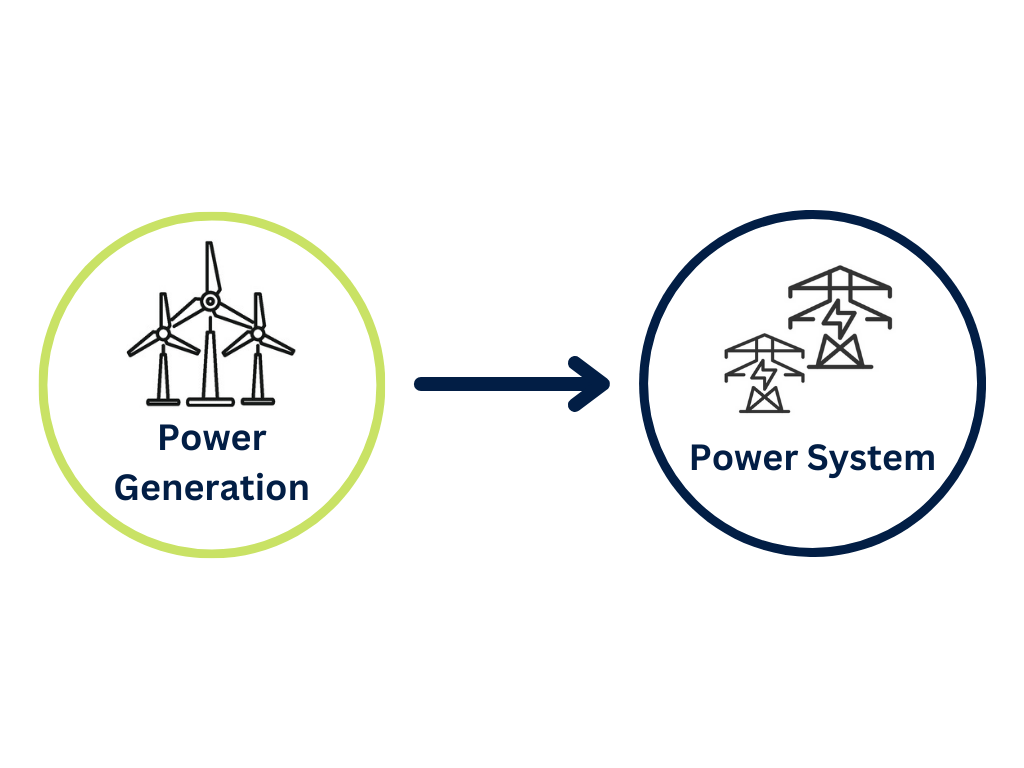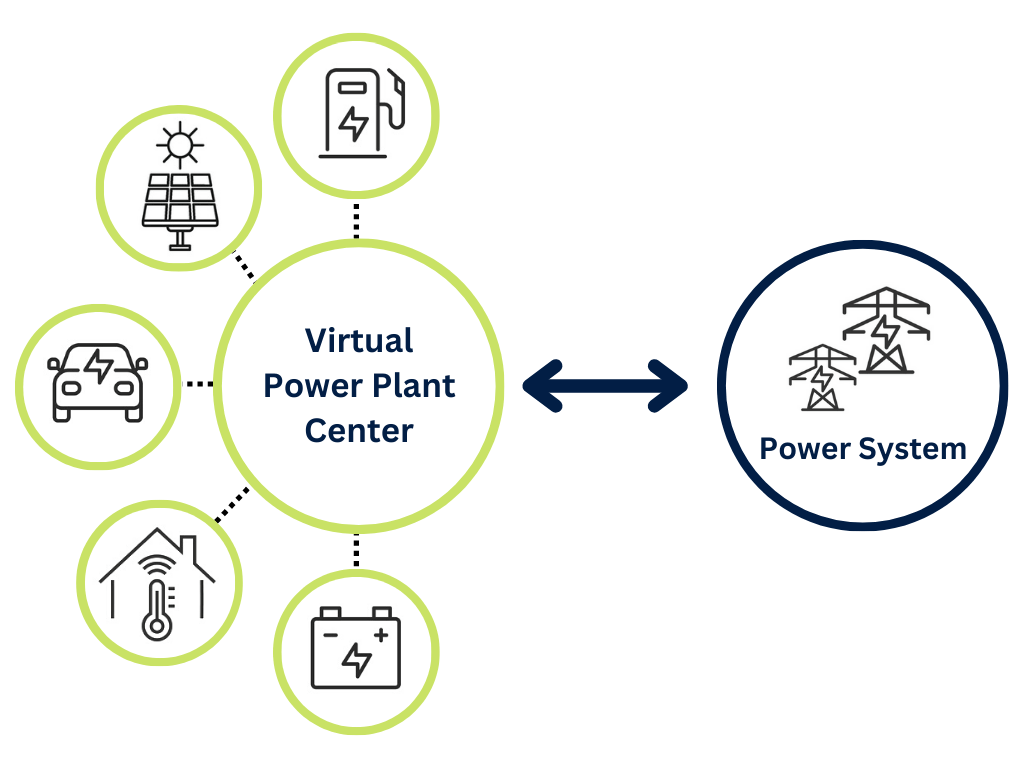Photo: Richmond home receives an all-electric, carbon-free makeover.
Cleaner and more reliable energy for everyone, while reducing costs
Participants of a groundbreaking virtual power plant pilot in Richmond, CA will receive low- to no-cost energy efficiency and electrification equipment to save money, reduce their carbon footprint, and receive credits on their energy bills. In exchange, participants allow their devices to be part of MCE’s Virtual Power Plant (VPP) to reduce load and grid strain during critical times, and increase load when grid conditions are favorable.
This helps make Richmond’s energy cleaner and more reliable for everyone, while reducing costs. Led by the ZNE Alliance and MCE, with support from the California Energy Commission, the pilot project is available by invitation for homes and businesses in Richmond, CA.
What Is MCE’s Virtual Power Plant?
A virtual power plant (VPP) is a bidirectional energy source. It provides electricity to the grid, and, when there are market opportunities, it can also receive energy. However, instead of being sited in one place like a physical power plant, a VPP harnesses energy resources that are distributed across an entire participating community.
By coordinating these devices, VPPs can quickly supply power to the grid, take power from the grid, or lower energy consumption during critical times to reduce grid-strain. With enough smart-homes, a utility can reduce costs and pass savings on to customers in the form of direct payment, credits, or reduced rates, saving people money while supporting efficient and grid-smart energy usage.
The VPP’s bidirectional flow capabilities provide a unique ability to participate in practically all markets of the California Independent System Operator (CAISO) and capture value from those markets in a way previously unexplored by the Community Choice movement. This ability makes MCE’s VPP an innovative, cutting-edge approach to local energy production and consumption.

Traditional Power Plant
- One central source of power
- One physical location
- Can add energy supply to the grid

Virtual Power Plant
- Several smaller energy technologies at homes and businesses connected virtually, such as solar panels and battery storage
- Different locations across a community
- Can both add energy supply, reduce energy demand to the grid, and increase load when it is needed
Benefits
FAQ
The current phase of this pilot is by invitation only. To help manage energy usage during critical times, eligible participants will be asked to allow MCE to make small, automatic changes to their installed energy technologies. Participants will receive financial and technical support throughout the process and receive a customized proposal for grid-smart technology to install in their homes or businesses.
Currently the City of Richmond is the only eligible community, however, we intend to expand the program throughout our service area, including Contra Costa, Marin, Napa and Solano counties. The Richmond pilot is anticipated to run through 2025. We will be announcing when the project opens up to additional communities.
A microgrid can provide electricity to a localized area, such as a neighborhood or critical facility, during outages. This has the potential to create public community gathering places. Different to this, MCE’s VPP creates resiliency in individual homes and businesses, allowing you to stay home or keep your operations going during a power outage, despite others losing power around you.
Packages will vary by site. Projects are designed to be low-cost or no-cost and save money. For many, there will be no out-of-pocket costs. Financing may be available on a case-by-case basis.
